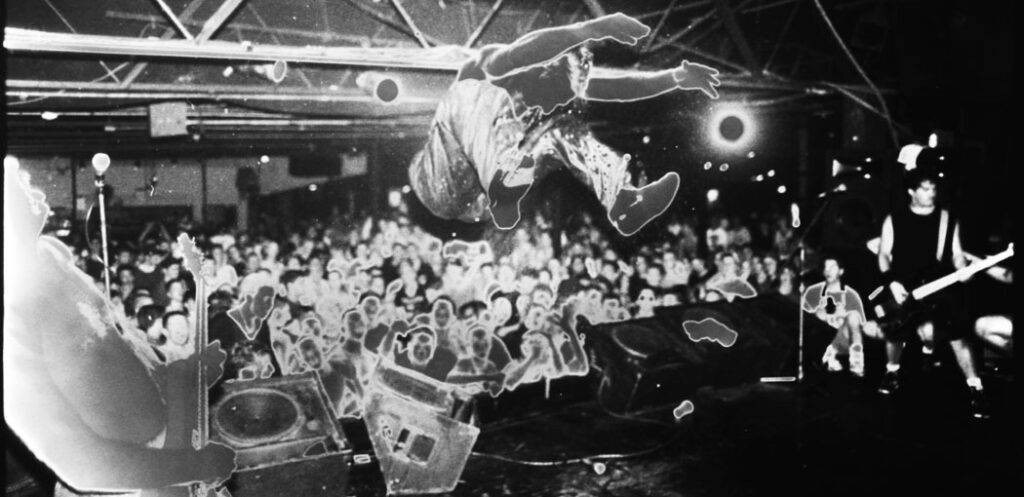
Top 5 Essential Effects Pedals for Punk Rock Guitarists
Punk and pedals don’t normally mix, but when used correctly, they unlock limitless possibilities.
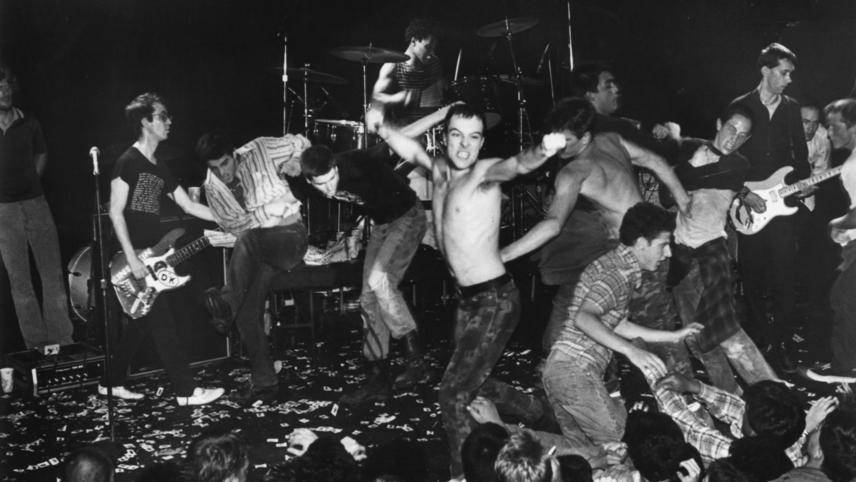
I know what you’re thinking, how can an article linking pedalboards and punk rock possibly exist? Pedals and guitar effects are actually a bit more prominent in most punk rock circles than you might think. A lot of the reason gear, and specifically pedals, aren’t a bigger part of the punk lexicon is because of the evolution of the hardcore scene. Prior to that late ’70s and then mostly ’80s growth spurt in the genre, punk was steamrolling its way in the direction of world music, electronica, reggae, and most of all, the genre known as “alternative rock”. All very pedal and effects-friendly genres of music.
n fact, in the history of punk, many people don’t acknowledge this fork in the road. They simplify the history down to English vs American, or at best, proto-punk and hardcore. But bands like The Police, U2, and REM took their punk roots and punk records with them into the alternative and indie rock subgenres they built up. So while you won’t find many pedals in front of later punk icons like Greg Ginn, Fletcher Dragge, or Brett Gurewitz, their early influences were much more acquainted with sonic manipulation of their tone.
For obvious reasons, overdrive, distortion, and fuzz will not be included in this article.
Chorus
The Clash’s “London Calling” is perhaps the greatest punk album ever written. And I know some of you are waiting to jump into the comments and say it isn’t even punk, this album is a cultural touchstone for almost every punk musician post-1978. This album is also littered with chorus tones all over it.
Two standout, and undeniably punk, songs “Clampdown” and “Death Or Glory” are awash in lush chorus. I particularly like the use of chorus by Mick Jones for the reason that it always makes his guitar fill so much more space, both live and in the studio performance of these songs. And while he would sometimes move away from chorus use when they gigged, he often used other effects to have the same “thickening” effect on his tone.
Bob Mould, of Hüsker Dü fame, was also a heavy user and abuser of the chorus pedal. He would often run his signal in stereo, with the chorus on each side of the mix. Much like Mick Jones, Bob was able to achieve a guitar tone and presence that was larger than his sole presence could otherwise provide. I’m also of the opinion that chorus is especially useful for the brash and sometimes sloppy approach many punk guitarists employ. I believe a good chorus tone can help cover up small mistakes or missed notes while rounding out your sound into a more singularly focused wall of sound.
I’d check out the Kmise Classic Chorus for a cheap option and the Boss CE-2W for a more high-end alternative.
Tremolo
Tremolo is one of the first effects ever created for electric guitar and was a common feature on most early Fender and Vox amplifiers. As such, it has played a special role in the foundation of the guitar and is a key part of one of my favorite riffs of all time, “Rumble” By Link Wray. And while Wray’s work wasn’t particularly punk, his influence, as well as rockabilly and early country guitar performances, were greatly impactful on punk musicians like Billy Zoom of X, Joe Strummer of The Clash, and Mike Ness of Social Distortion.
Some of my favorite examples of tremolo used in punk come from The Clash and Green Day. While it is often used heavily, tremolo always gets my attention and can really help break a song or riff out of monotony. The intro to “I’m Not Down”, also off of London Calling is just so killer, yet so simple. But perhaps their best trem moment is in “The Leader” off of their “Sandinista” album. Drenched in spring reverb (more on that in a minute), Mick Jones conjures up a rockabilly swing like few others can while Joe Strummer rails against corrupt political and media leaders. Much like X’s own brand of rockabilly punk, you can see The Clash wearing their influences on their sleeves and pushing the envelope of what punk music can be.
Green Day’s series of albums Uno-Dos-Tre weren’t exactly littered with shining musical moments. However, the song “Kill The DJ” always stood out to me as an undeniable gem from this period. Inspired by Blondie’s 4-on-the-floor approach and The Clash’s embrace of the dance groove, Billie Joe Armstrong actually deserves credit for this one. The tremolo-rich chord sequence after each chorus is phenomenal. Transitioning to the F and C chords after the A-D-G sequence is technically in key, but feels like a stark key change that is exasperated by the layers of rich tremolo.
The Boss TR-2 is my go-to Tremolo pedal and a great option for a punk rig regardless of budget.
Spring Reverb
Much like the tremolo effect, this is a core part of many early rock n roll guitar licks, having been a key feature of early amplifiers. Rockabilly, country, and surf music feature reverb-drenched guitar lines that would go on to influence punk, and even some metal musicians, years later. The same Clash song “The Leader” is drenched in drippy spring reverb, and even modern punk bands like FIDLAR and Chubby And The Gang have relied on the familiar drip reverb very recently.
Their respective tracks of “Alcohol” and “All Along The Uxbridge Road” show off quite a haze of spring reverb throughout. It’s an interesting move for many of these younger punk bands, as it instantly adds atmosphere and a vintage feel in my mind. Just like with tremolo, good spring reverb never fails to improve a guitar riff!
When I’m not using the reverb on my amp, the JHS Spring Tank or Boss RV-6 are glued to my board.
Phaser
I suppose I’m beating a dead horse on the whole “London Calling” album, but The Clash is the only band that matters. The MXR Phase 100 is a staple of any punk rock pedalboard in my opinion. From the proto-Ska work done on “Rudy Can’t Fail” to the smooth lead lines on “Lost In The Supermarket”, The Clash used phasers to cover a wide range of sounds. It can provide both subtle textures for chords and a high-pitched squeal for reggae and ska music. Phase is one of the most underappreciated effect types in my book, and I cannot recommend something simple like Phase 90 or Phase 100 enough.
Delay
While I was tempted to highlight my favorite punk guitar moment with delay, which is The Clash’s live performance of “Complete Control”, there is a more impactful example to discuss. East Bay Ray’s echo-drenched guitar on “Holiday In Cambodia” is iconic, both in the political message and the catchiness of the riffs. The Dead Kennedys’ track is a great example of how delay can be used to help a single guitarist create a massive sonic footprint
Punk bands generally only have one guitarist for the most part and not every guitarist in the scene is necessarily proficient at the instrument. So in my opinion, having something like a delay to thicken up your sound and increase your sonic presence is a no-brainer for most punk guitarists. Nonetheless, I do understand that the turn towards hardcore punk eliminated most effect usage aside from gain and volume. However, post-punk and alternative rock bands like early U2 were quick to adopt delay as a feature part of their sound. This trend has continued on today, with a variety of guitar-centric bands using delay, reverb, and chorus more often than not.
For a killer delay recommendation, I’d suggest the Dunlop Echoplex Delay or MXR Carbon Copy!

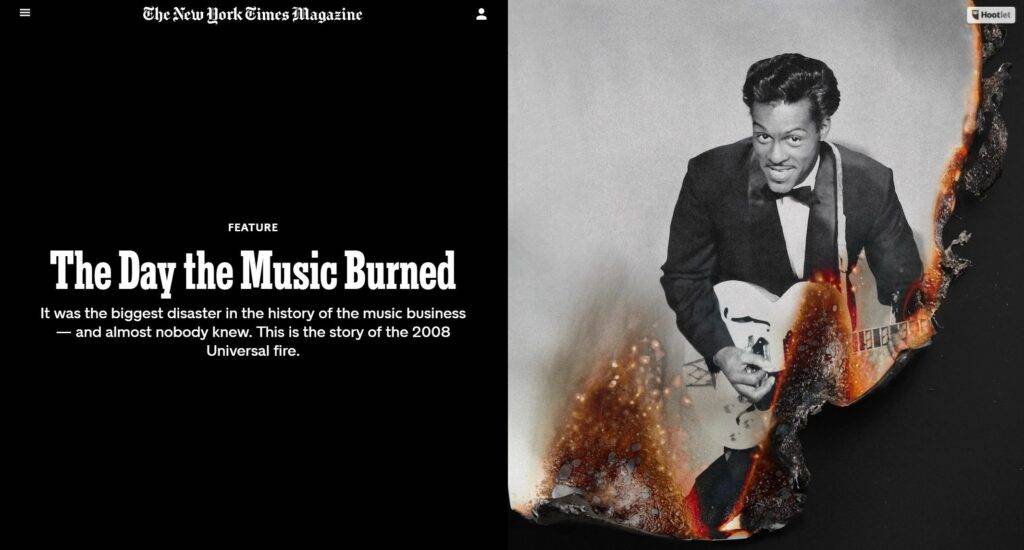
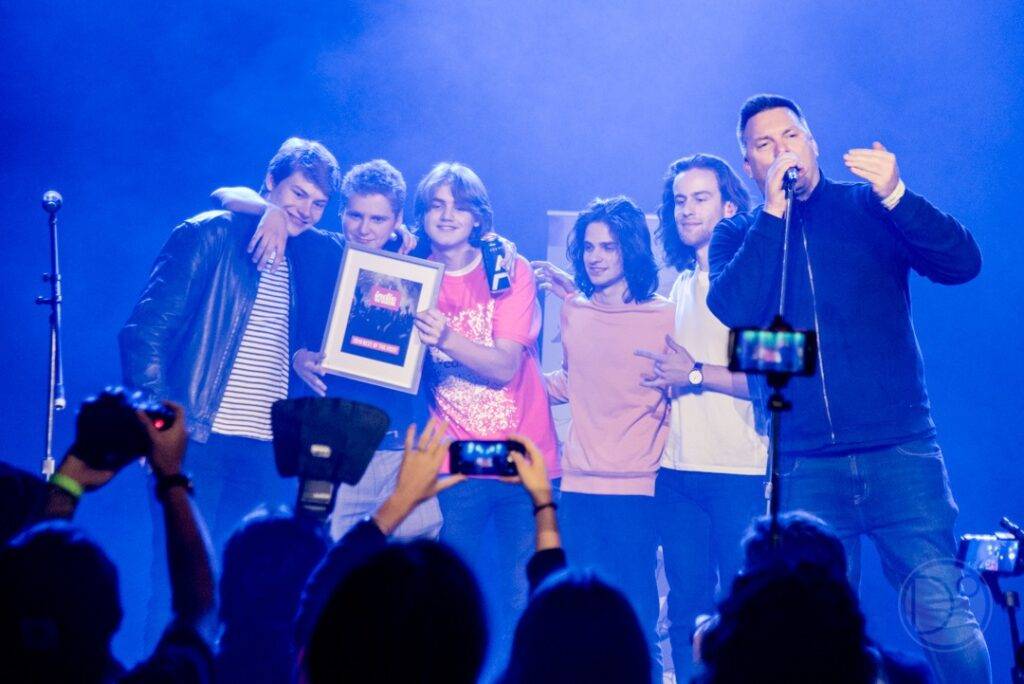

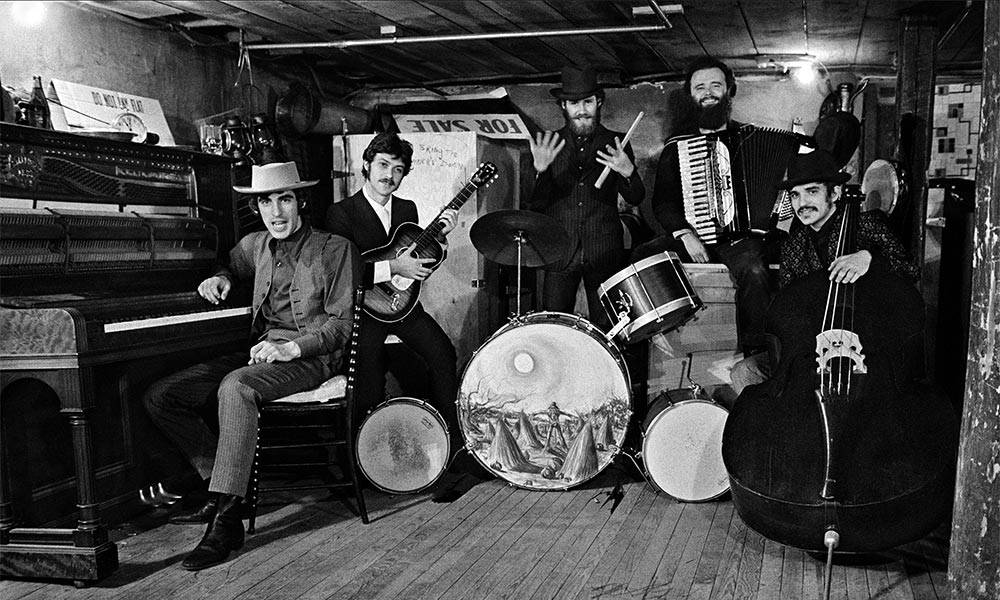
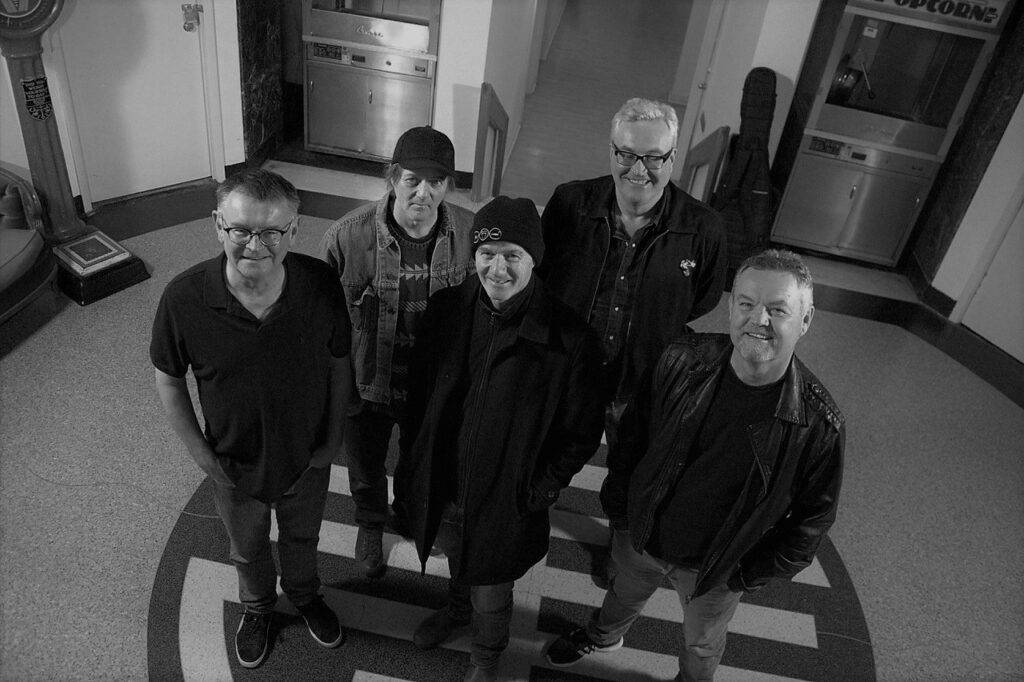
Responses